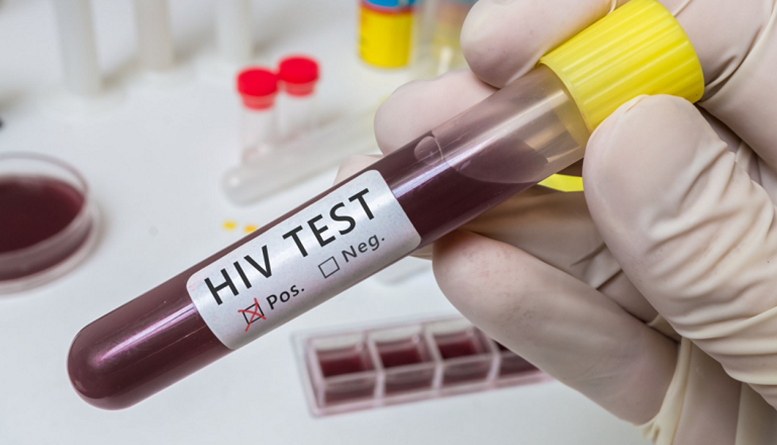The only surefire way to ascertain whether you have been infected with HIV is to get tested. The CDC advises that everyone aged 13-64 who is sexually active take an HIV test during every routine check-up. Being aware of your HIV status provides you with important information to take the necessary steps to stay healthy and avoid the spread of the virus. As scary as this statistic is, approximately 1 in 7 individuals in the United States who are HIV-positive are unaware of their status.
The Process of Getting Tested for HIV
If you get tested in a clinic setting, when it is your turn, a medical professional will collect either a blood or saliva sample. If it is a rapid HIV test, you may get the results in a short amount of time while you are still at the clinic. If the results return negative, and you know for sure that you have not had an opportunity for exposure over the last three months, you can be certain that you are HIV-negative.
If the test comes back positive, however, you typically get a second test to confirm the result. The medical professional assisting you can discuss risk factors, ask you questions about your medical history, and talk about what is next if your second test also comes back positive.
How Quickly After the Transmission Can a Test Detect HIV Infection?
The virus is not immediately detectable right after exposure. If you believe you might have contracted HIV, consult a doctor promptly. If you have engaged in sexual activity that you think may have exposed you to the virus, there is a medication called PEP (Post-exposure Prophylaxis) that is only prescribed in cases of emergency. This treatment must begin in 72 hours following a potential HIV transmission.
The period between when an individual contracts HIV and when an HIV test can conclusively detect antibodies is known as the window period. The window period differs for every individual and is also dependent on the HIV test type.
Antibody Tests
A majority of HIV tests are classified as antibody tests. The immune system creates antibodies upon being exposed to HIV, so these tests screen for the presence of these antibodies in the blood or saliva. The earliest an antibody test can detect an HIV infection is about 3 weeks. Most people–up to 97%–produce HIV antibodies over the span of 3-12 weeks of exposure.
Fourth-generation Test
Also known as a combination test, this test screens for both antigens and antibodies. Antigens are only detectable in the acute HIV phase, which is the stage that the body goes through before the immune system produces antibodies. Many people produce sufficient antibodies and antigens within 2-6 weeks following the exposure, which allows for the fourth-generation test to conclusively detect the virus.
Nucleic Acid Test
A nucleic acid test or NAT for short screens for the presence of HIV in the blood. Meaning, this test identifies the virus itself as opposed to antibodies. Unlike the other two options, NAT is costly and not typically preferred unless it is absolutely necessary, e.g., a case of high-risk exposure with early infection signs. A nucleic acid test can detect HIV within 1-4 weeks after transmission.
Learn about the window period for the HIV test you are getting by asking your physician. If you first use a home test kit, the test package typically comes with the information about the window period. If you get tested for HIV three months following a possible HIV transmission and get a negative result, you must get tested once more in 3 months to confirm your status.
If the result of your last HIV test was negative, you can only confident your status is still negative if there has been no chance of HIV transmission since your previous test. Individuals who are sexually active–especially those with multiple partners–must always use a new condom each time they engage in sexual intercourse and also learn about how to go on PrEP (Pre-exposure prophylaxis). While it is not 100% effective, in combination with safe sex, PrEP lowers the risk of HIV transmission significantly.
Featured Image: Twitter




